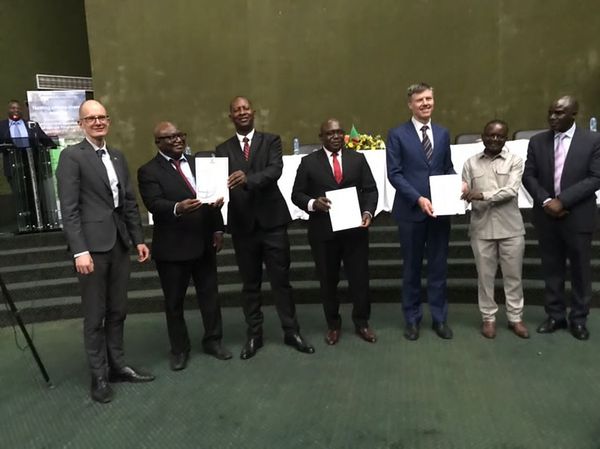Eastern Province Poised for Sustainable Development, Says Minister Mposha
The Minister of Green Economy and Environment, Hon. Mike Mposha, highlighted the vast potential for sustainable, natural resource-based livelihoods in Eastern Province during the launch of the Eastern Province Jurisdictional Sustainable Landscape Programme.
He emphasized that the region, rich in forests, agriculture, and wildlife, faces significant challenges such as illegal encroachment, habitat fragmentation, and deforestation.
At the launch event, Hon. Mposha outlined the government’s commitment to addressing these challenges through sustainable land management practices. The new programme, a continuation of the Zambia Integrated Forest Landscape Project, is supported by the World Bank with a budget of $63.9 million, focusing on carbon trading and climate change mitigation.
Over the next seven years, the programme aims to generate 29 million tons of verified emission reductions, which will be traded on international carbon markets. Revenue from these trades will benefit local communities, with 55% allocated to them, 30% to private carbon developers, and 15% to the government.
“By incentivizing sustainable land management, this programme will transform Eastern Province into a low-carbon rural development model,” said Hon. Mposha. He reiterated the government’s policy to ensure accountability in carbon trading at the provincial level.
The Acting British High Commissioner, Mr. Sam Waldock, commended the government’s efforts and stressed the urgency of adapting to climate change, especially as rural households face significant challenges. He highlighted the successful recruitment and training of farmers under previous programmes, which improved crop yields.
World Bank Country Manager Dr. Achim Fock underscored the collaborative nature of the initiative, aiming to reduce poverty, enhance climate resilience, and cut carbon emissions. He called for an integrated approach to managing land use across agriculture and forestry sectors.



